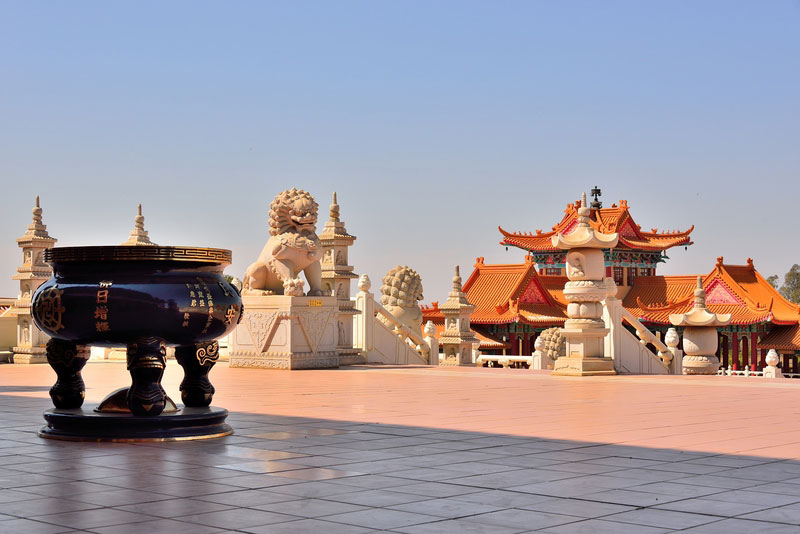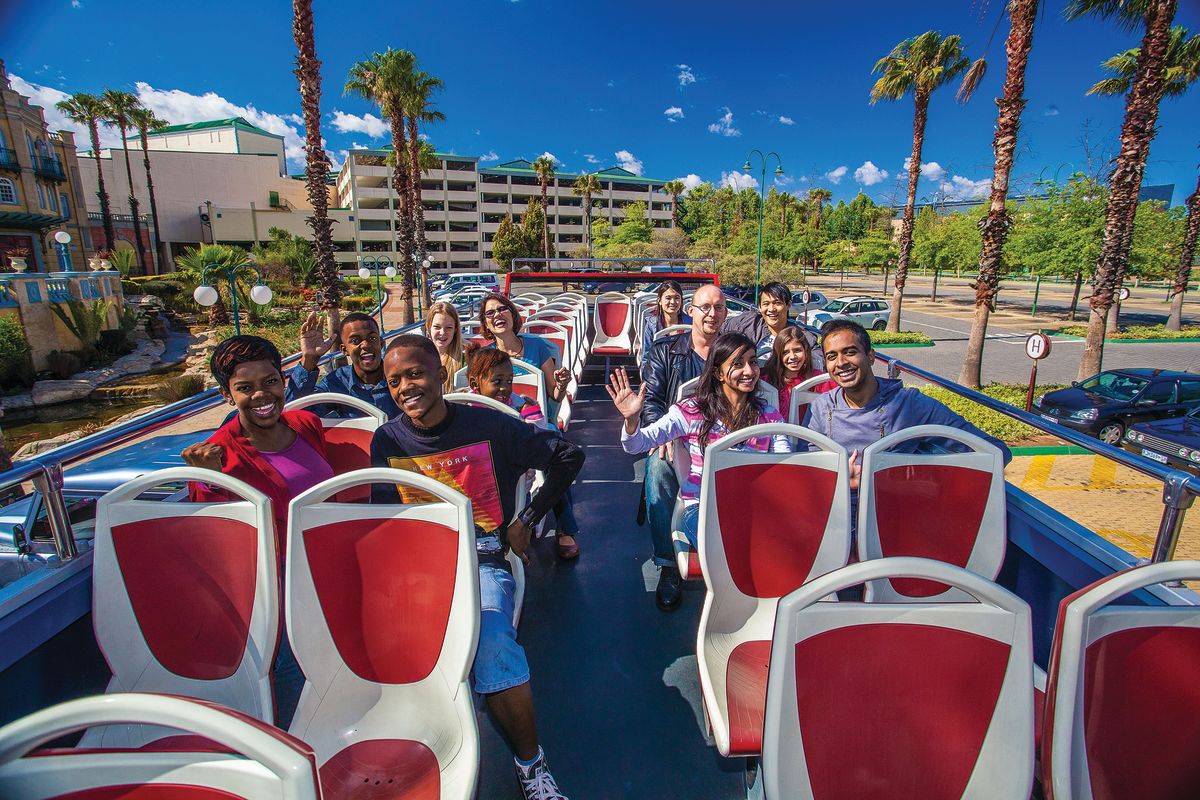Getting The Johannesburg North Attractions To Work
Getting The Johannesburg North Attractions To Work
Blog Article
The 4-Minute Rule for Johannesburg North Attractions
Table of ContentsSome Known Questions About Johannesburg North Attractions.Getting My Johannesburg North Attractions To WorkAbout Johannesburg North AttractionsThe Only Guide for Johannesburg North AttractionsJohannesburg North Attractions Things To Know Before You Get ThisNot known Incorrect Statements About Johannesburg North Attractions
The city grew on the side of the Witwatersrand Key Coral reef, a subterranean stratum of gold-bearing quartz-silica conglomerate that arcs for hundreds of miles below the Highveld - Johannesburg North attractions. Many of the gold mines in the city stopped procedure in the 1970s, however in its day the Witwatersrand gold sector accounted for even more than 40 percent of the world's yearly gold production.Johannesburg has a warm climate. The city takes pleasure in concerning 8 hours of sunshine per day in both winter season and summer season.
What rain the city gets drops almost solely in the summertime, commonly in stunning late-afternoon electrical storms. Air contamination positions a substantial problem, specifically in the cold weather, when thermal inversions restrain the westward flow of air from the Indian Sea. Pollution is most extreme in the largely cleared up Black municipalities on the city's periphery, where lots of residents still count on coal for fuel.

Johannesburg North Attractions Can Be Fun For Anyone
The equilibrium of the city is inhabited by whites. Lodging varies in personality and high quality. Soweto is well-known for its countless rows of municipally constructed, two-room matchbox homes, yet it also has a couple of thriving enclaves as well as teeming squatter camps, where 10s of thousands live without water, electrical power, or cleanliness centers.
Physical growth, although somewhat restricted by transport, proceeded rapidly as migration to South Africa, and Johannesburg in specific, increased drastically.
The majority of inadequate suburbs were combined, with poor blacks and whites living together, although the affluent suburban areas were generally scheduled for whites. This altered with the election of the National Celebration in the 1948 elections, that started to formalise the system referred to as racism. Apartheid formally assigned which suburbs each race can stay in under the Group Locations Act.
The previous system of eleven numbered areas was reorganised in 2006. Marshalltown, as seen from the top of the Carlton Centre. The continue reading this M1 and M2 run behind the structures, and the southern residential areas extend past the freeway border. The internal city of Johannesburg is located within the city's Region F. The estimated population of the area is 200,000, [] The number of individuals living in the inner city on a casual basis is unidentified, as several are prohibited immigrants. Most higher-income residents and white individuals have actually relocated other to the northern residential areas and have actually been replaced by lower-income black people. The unemployment, education and learning, and age profiles of the location are all unidentified, as a result of the problem of obtaining reliable information regarding the area.
Some Ideas on Johannesburg North Attractions You Need To Know
Yeoville and Bellevue have a mix of apartment and solitary residential systems on tiny great deals. The area is situated on a mountainous divide that ranges from east to west. The most obvious geographic feature is Observatory Ridge, which is named for the large observatory located on it. The entertainment spaces are no much longer used, due to safety troubles.

Not known Facts About Johannesburg North Attractions
The Our site eastern suburban areas are some of the earliest areas of Johannesburg, there are large communities of Jewish and various other European histories, the majority of the population is English talking. There are 3 golf courses as well as a number of safeguarded ridges with viewsites.
The location is primarily made up of old "matchbox" homes, or four-room residences developed by the government, that were constructed to give low-cost accommodation for black workers throughout apartheid. Soweto is an abbreviation, meaning "South Western Townships". Road after street around is lined with matchboxes; however, there are a few smaller areas where prosperous Sowetans have developed homes that are much more comparable in stature with those in more upscale residential areas.
Hostels are one more prominent physical attribute of Soweto. Originally developed to house male migrant workers, many have been improved as dwellings for pairs and family members. The N1 Western Bypass skirts the eastern border of Soweto. The suburb was not historically allowed to produce work centres within the location, so mostly all of its citizens are commuters to various other components of the city.
Johannesburg North Attractions Can Be Fun For Everyone
The property areas in the north suburban areas are mainly formal, with no considerable locations of informal housing, or real estate that does not have an irreversible structure. This is a well-known location, there is a trend of land use modification from property to commercial, especially along main arterial roads and around well established nodes.
The area is well connected to road networks, specifically along the north-south axis formed by the M1 and N1. Roadways to the eastern and west are much less well established, as there are no freeways travelling in that direction. In the direction of the north boundary of the city, the thickness of development reduces, leaving huge areas of undeveloped land around Midrand.
What Does Johannesburg North Attractions Mean?
The initial residential area to the north of the central city is Parktown, which is located on a hillside neglecting the internal city and Hillbrow. It has numerous wealthy residents and Edwardian-style mansions, in addition to the Education and Medical schools of the University of the Witwatersrand. The large concrete Charlotte Maxeke Johannesburg Academic Hospital dominates the sky line of Parktown.
Report this page